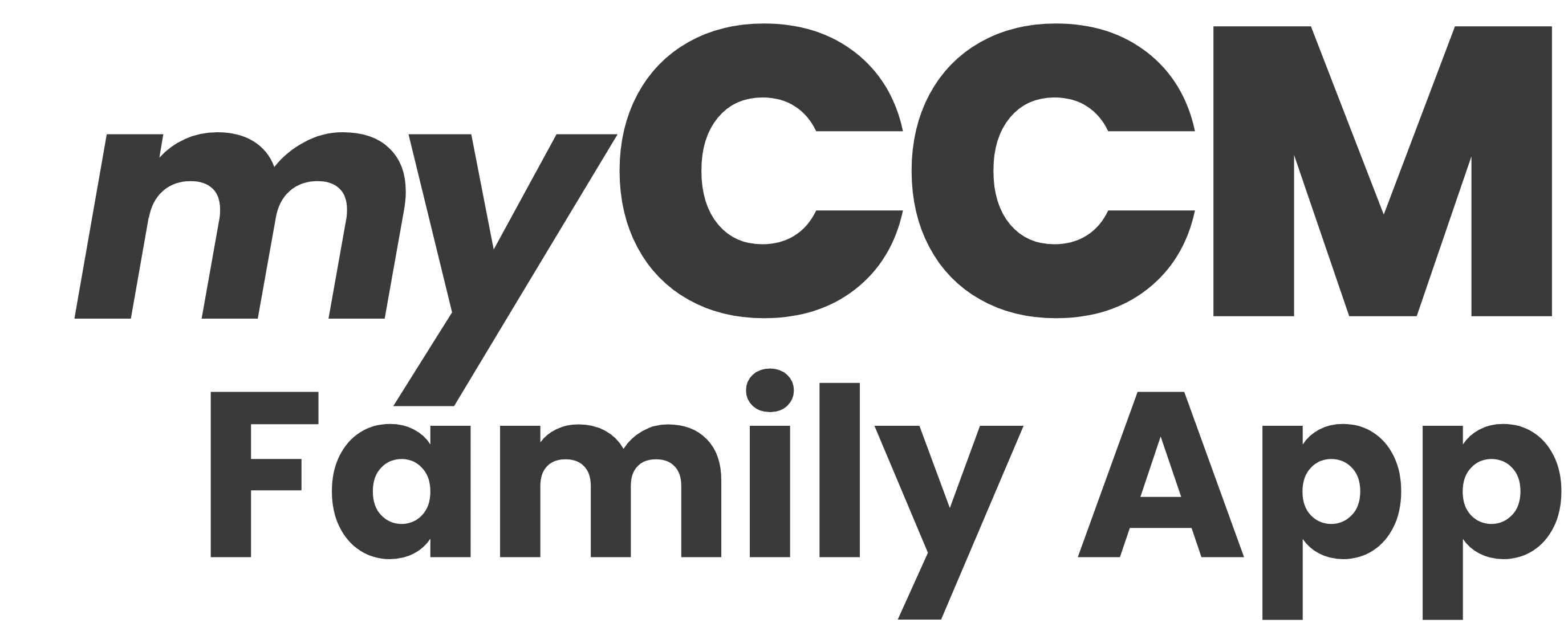Education for Life
Primary education at Central Coast Montessori addresses every key developmental stage within supportive learning environments that cater to the social, emotional, and educational needsof pre-adolescents. Our program cultivates self-driven and independent learners with a strong work ethic, ensuring they become well-rounded young citizens with a passion for learning and the skills needed for a successful future.

Primary Curriculum
Our Curriculum
Our early Primary program builds on the formative work of the Early Years, further shaping attitudes to learning and helping students understand, master and apply core skills and concepts. While in later Primary we cater to the changing needs of students in their formative years, helping with the transition from primary school to secondary school while students continue to develop their knowledge and skills through a varied curriculum.




Flexibility
Montessori education is holistic and child-centred, designed around the developmental stages of the child. It focuses on hands-on learning, self-directed activity, and collaborative exploration across core areas like Practical Life, Sensorial, Mathematics, Language, and Cultural Studies.
Flexibility is a hallmark of the Montessori approach, allowing children to follow their interests and progress at their own pace while acquiring necessary and develpmentally appropriate skills. Lessons, or 'presentations,' are introduced individually or in small groups when the child is ready. This personalised approach fosters intrinsic motivation, critical thinking, and a love of learning while developing social and emotional skills
NESA Curriculum
The NESA curriculum governs education in New South Wales. It is divided into key learning areas (KLA's) such as English, Mathematics, Science and Technology, Human Society and Its Environment (HSIE), Creative Arts, and Personal Development, Health, and Physical Education (PDHPE). NESA outlines specific learning outcomes to be achieved by set stages (e.g., Stages 1–6) with defined year-level expectations.
Our Curriculum
Our Lower Primary program builds on the formative work of the Early Years, further shaping attitudes to learning and helping students understand, master and apply core skills and concepts. While in Upper Primary we cater to the changing needs of students in their formative years, helping with the transition from primary school to secondary while students continue to develop their knowledge and skills through a varied curriculum.
Aligning Montessori and NESA
Despite their differences in implementation, the Montessori and NESA curricula can complement one another:
-
Literacy and Numeracy: Montessori materials, such as bead chains or phonetic language tools, align naturally with NESA’s numeracy and literacy outcomes.
-
Cultural Studies and HSIE: Montessori’s exploration of history, geography, and biology integrates well with NESA’s HSIE curriculum.
-
Inquiry-Based Learning: Both frameworks emphasise hands-on, inquiry-based learning, particularly in science and technology.
How They Work Together
Individualised Learning: Montessori’s self-paced approach ensures children meet NESA outcomes at their own speed while achieving developmental milestones.
Comprehensive Development: While NESA focuses on academic standards, Montessori expands this with emotional, social, and practical life skills.
Integrated Outcomes: Guides in Montessori schools ensure state-mandated literacy, numeracy, and other outcomes are seamlessly embedded into Montessori activities.
By blending Montessori’s child-centred philosophy with NESA’s academic guidelines, CCM offers a rich educational experience that nurtures well-rounded, capable learners ready for further education and life.


